End the situation where each hospital charges a different price
Recently, the Ministry of Health has issued Circular 13 regulating the price framework and pricing method for medical examination and treatment services upon request provided by State medical examination and treatment facilities.
Accordingly, the price range for medical examination services upon request at a grade 1 hospital is a minimum of VND 100,000/visit and a maximum of VND 500,000/visit. For other medical examination and treatment facilities, the minimum price is VND 30,500 and a maximum of VND 300,000/visit. In the case of inviting domestic and foreign personnel to examine and provide health consultation, the Ministry of Health allows units to collect fees according to the agreed price between the medical examination and treatment facility and the service user.
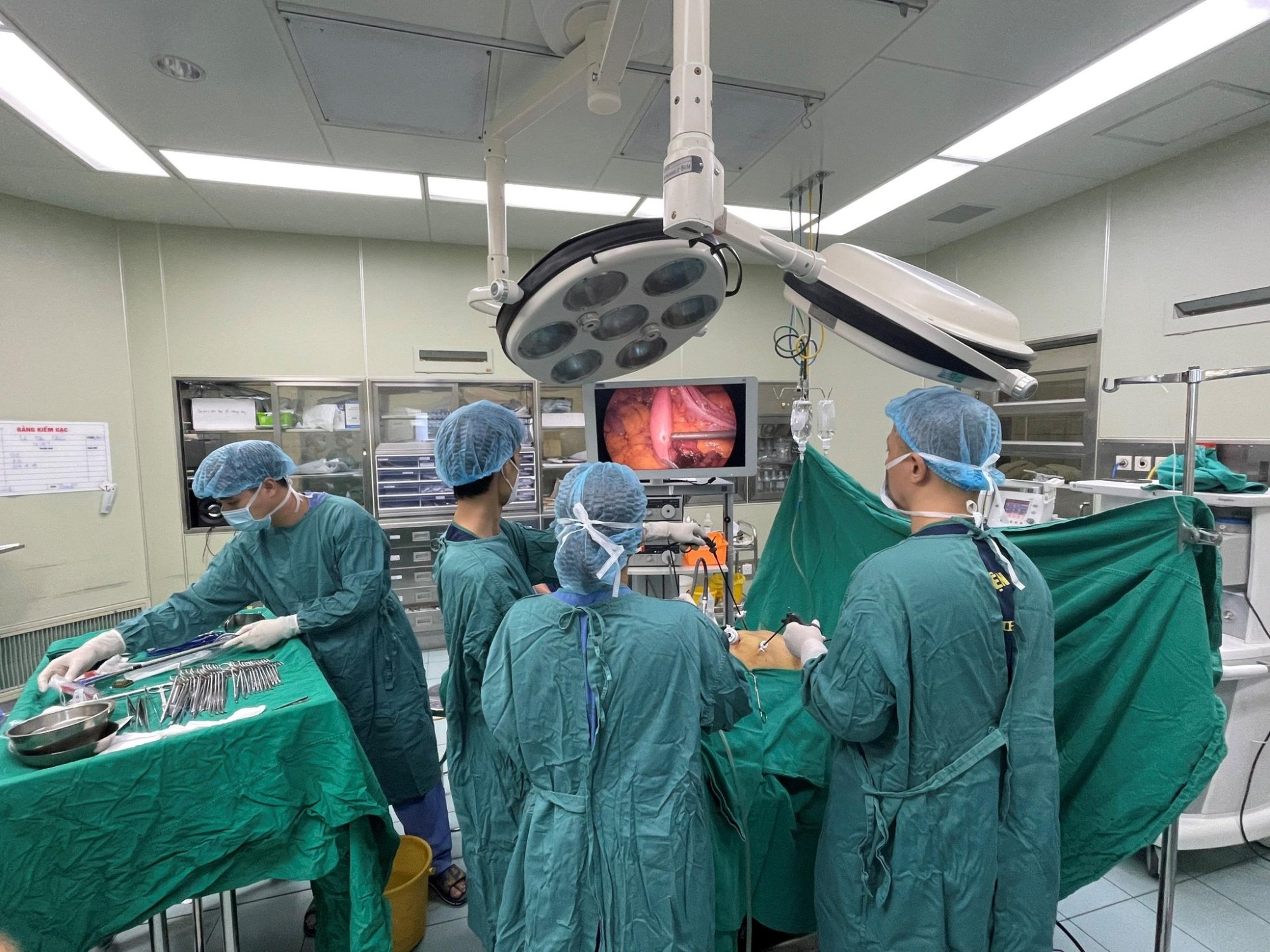
General regulations on medical examination and treatment service prices are necessary but must meet the wishes of the majority of people. Photo source: Bach Mai Hospital.
For inpatient treatment beds, the maximum price for 1 bed/room service is 4 million VND/bed; 2 beds/room service is 3 million VND/bed; 3 beds/room service is 2.4 million VND/bed.
According to the regulations of the Ministry of Health, inpatient beds must meet the technical standards as prescribed. All service prices must be publicly listed for people to choose.
Medical examination and treatment facilities decide to choose to build different service prices according to specialties, service implementation time, medical doctors' professional qualifications, techniques... within the scope of regulations. The Circular takes effect from August 15.
After this Circular was issued, in an interview with reporters of the Journalist & Public Opinion Newspaper, several directors of public hospitals said that this is a positive regulation. It will avoid the situation where each hospital sets its own price for medical examination and treatment as is currently the case.
“Previously, when there was no such regulation, at first-class and special-class hospitals, medical examination and treatment were based on the prices set by the hospitals themselves. This led to the fact that some places charged high fees, others charged low fees. This led to a situation where each place charged different prices, causing many problems, inequality between hospitals, and unfairness to patients, ” said a director of a public hospital.
Also related to the newly issued Circular 13, the Ministry of Health also clearly stated that the price of medical examination and treatment services on demand only applies to those who voluntarily register to use medical examination and treatment services on demand. According to a survey by the Ministry of Health, people who undergo medical examination and treatment on demand only account for 5-10% at provincial and central hospitals, and almost none at district hospitals.
Therefore, the regulation of prices for on-demand medical examination and treatment services does not affect people with health insurance cards; people without health insurance cards who do not register for medical examination voluntarily use on-demand medical examination and treatment services.
Public hospitals must serve patients well Health insurance
Although the Ministry of Health believes that the regulation of on-demand medical examination and treatment prices does not affect social insurance patients. However, many people are also very concerned about the situation where the price of a hospital bed can be up to 4 million VND/day. This is a "super luxury" price, making patients feel worried about hospitals focusing on developing on-demand medical examination and treatment services while forgetting the mission of serving patients with health insurance.
For many years, patients have had to share beds when going to the hospital. In some places, the rooms for patients with health insurance do not have air conditioning even though it is summer, hot and humid. This situation makes patients very tired. Commenting on this issue, Ms. Bui Thi An, former National Assembly Delegate, said that it is necessary to regulate the general price of medical examination and treatment services. However, Ms. Bui Thi An said that public hospitals were born to serve people with health insurance cards. Therefore, when serving this group well, then we can expand medical examination and treatment services on demand.
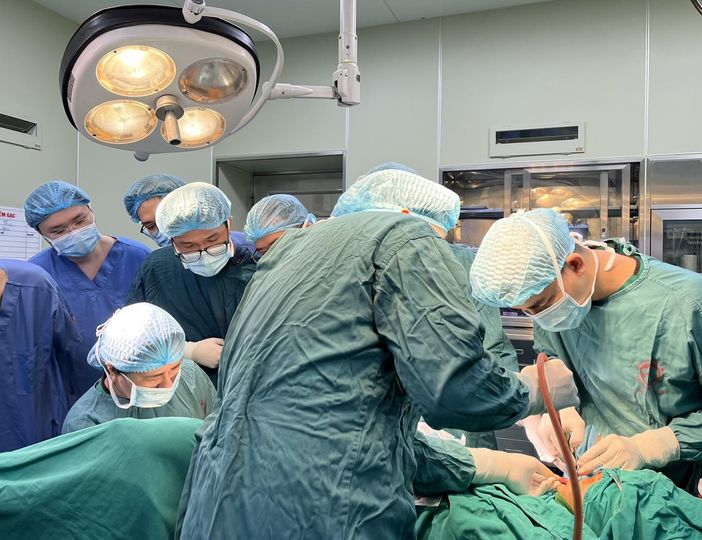
| The minimum and maximum differences are very large. Circular 13 stipulates that there are 1,937 types of technical services and tests on demand with minimum and maximum prices. Specifically, robotic laparoscopic surgery is the service with the highest price, of which, robotic laparoscopic surgery to treat thoracic diseases costs more than 91 million VND - more than 134 million VND (minimum - maximum); similar to robotic laparoscopic surgery to treat digestive and abdominal diseases, 96.6 - 124 million VND; Coronary artery bypass surgery costs 18.1 - 59.2 million VND; artery isthmus surgery costs 14.3 - 40 million VND... |
“I wonder, if the care and treatment under health insurance is not good, how can we implement the on-demand medical examination and treatment service at the price of 4 million VND/bed/day. This is a luxury service price. Meanwhile, the minimum medical services for people under health insurance are not well met” - Ms. Bui Thi An emphasized.
Also related to this issue, talking to reporters of the Journalist & Public Opinion Newspaper, Mr. Le Nhu Tien - Former Deputy Head of the National Assembly's Committee on Culture and Education said that it is right for the state management agency, the Ministry of Health, to have a general regulation that does not allow hospitals to do whatever they want and collect whatever they want. It is not a situation where every hospital wants to set higher regulations to generate income for the hospital and doctors... " Having a general regulation for adjustment is very necessary" - Mr. Le Nhu Tien emphasized.
However, this person believes that public health is for the majority of people, not just for the middle class and the rich. Any regulations must come from reality, not just sitting in an air-conditioned room and thinking of and making regulations.
Policy makers must actually go to hospitals to conduct specific research, must discuss with beneficiaries, which are patients, and discuss with managers and leaders of hospitals to find the best solution.
“The root must be to serve the people. Socializing healthcare is very good, but socializing does not mean using resources indiscriminately. It must be in accordance with the principles and purposes of public hospitals, which are to serve the people, ” Mr. Le Nhu Tien emphasized.
Thus, through discussions with experts, it can be seen that public hospitals need to adhere to the goal of serving the majority of people. Even those without health insurance when going for medical examination, they can access the examination price according to the payment regulations of health insurance, avoiding the situation where patients with health insurance have to pay out of pocket for medical examination upon request because the medical examination service under health insurance is not good.
Trinh Phuc
Source


![[Photo] Fireworks light up the sky of Ho Chi Minh City 50 years after Liberation Day](https://vphoto.vietnam.vn/thumb/1200x675/vietnam/resource/IMAGE/2025/4/30/8efd6e5cb4e147b4897305b65eb00c6f)




![[Photo] Feast your eyes on images of parades and marching groups seen from above](https://vphoto.vietnam.vn/thumb/1200x675/vietnam/resource/IMAGE/2025/4/30/3525302266124e69819126aa93c41092)
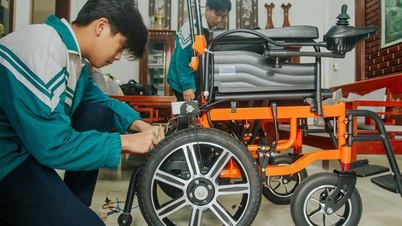



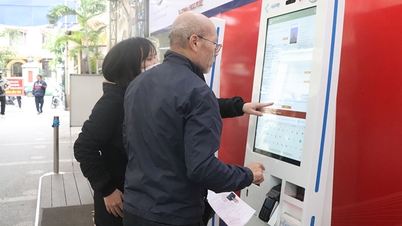




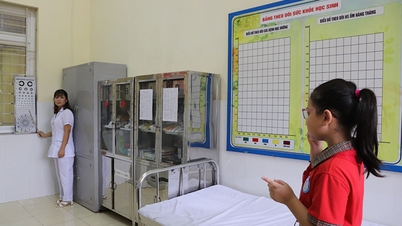


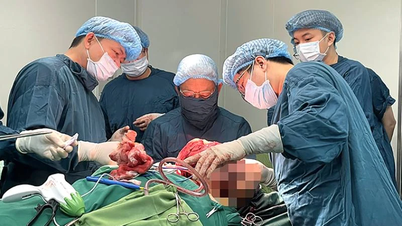


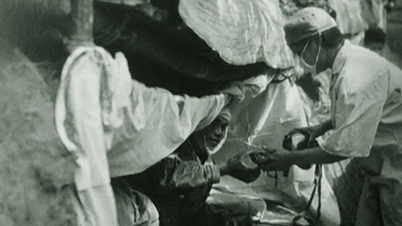













































































Comment (0)